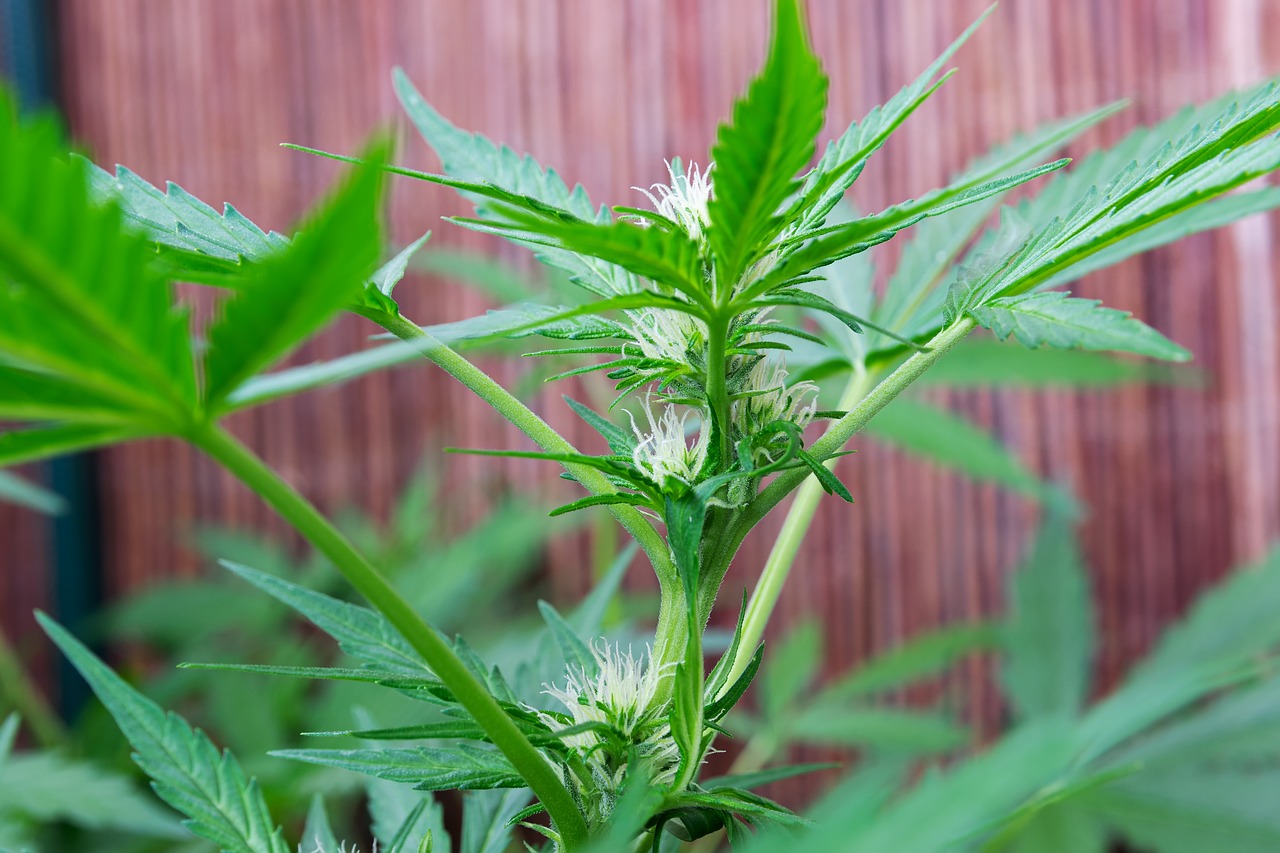In recent years, the search for natural pain relief alternatives has gained momentum. Among the various options, THCA flower has emerged as a promising candidate. This article explores the potential of THCA flower as a natural remedy for pain, examining its properties, benefits, and real-world applications.
Understanding THCA: The Basics
THCA, or tetrahydrocannabinolic acid, is a non-psychoactive cannabinoid found in raw cannabis plants. Unlike THC, which is known for its psychoactive effects, THCA from https://indacloud.co/thca-flower does not produce a “high.” This makes it an attractive option for those seeking therapeutic benefits without the mind-altering effects.
How THCA Works
THCA interacts with the body’s endocannabinoid system, which plays a role in regulating pain, mood, and inflammation. By binding to specific receptors, THCA may help modulate pain signals and reduce inflammation, offering potential relief for various conditions.
Benefits of THCA Flower for Pain Relief
THCA flower offers several advantages for those seeking natural pain relief:
- Non-Psychoactive: Users can experience potential pain relief without the psychoactive effects associated with THC.
- Anti-Inflammatory Properties: THCA may help reduce inflammation, which is often a contributing factor to pain.
- Neuroprotective Effects: Research suggests that THCA may have neuroprotective properties, potentially benefiting those with neurodegenerative conditions.
Scientific Studies and Evidence
Several studies have explored the potential of THCA for pain relief. A study published in the “Journal of Pharmacology” found that THCA exhibited anti-inflammatory and analgesic properties in animal models. Another study highlighted its potential in reducing nausea and muscle spasms, which can be associated with chronic pain conditions.
Real-World Applications and Case Studies
Many individuals have reported positive experiences using THCA flower for pain management. For instance, a case study involving a patient with arthritis showed significant improvement in pain levels and mobility after incorporating THCA into their regimen.
Another example involves a patient with fibromyalgia who experienced reduced pain and improved sleep quality after using THCA flower. These anecdotal reports, combined with scientific research, suggest that THCA may offer a viable alternative for those seeking natural pain relief.
How to Use THCA Flower
THCA flower can be consumed in various ways, each offering unique benefits:
- Raw Consumption: Consuming raw THCA flower in smoothies or salads preserves its non-psychoactive properties.
- Juicing: Juicing raw cannabis leaves is another method to intake THCA without decarboxylation.
- Tinctures and Oils: These can be made from THCA flower and used sublingually for quick absorption.
Considerations for Use
When using THCA flower, it’s important to source it from reputable suppliers to ensure quality and purity. Consulting with a healthcare professional before starting any new treatment is advisable, especially for those with pre-existing medical conditions or those taking other medications.
Legal Status and Accessibility
The legal status of THCA flower varies by region. In some areas, it is classified similarly to THC, while in others, it may be more accessible. Understanding local regulations is crucial for those interested in exploring THCA as a pain relief option.
Conclusion
THCA flower presents a promising natural alternative for pain relief, offering potential benefits without the psychoactive effects of THC. While more research is needed to fully understand its capabilities, existing studies and anecdotal evidence suggest that THCA could be a valuable addition to pain management strategies. As interest in natural remedies continues to grow, THCA flower stands out as a noteworthy option for those seeking relief from pain and inflammation.
